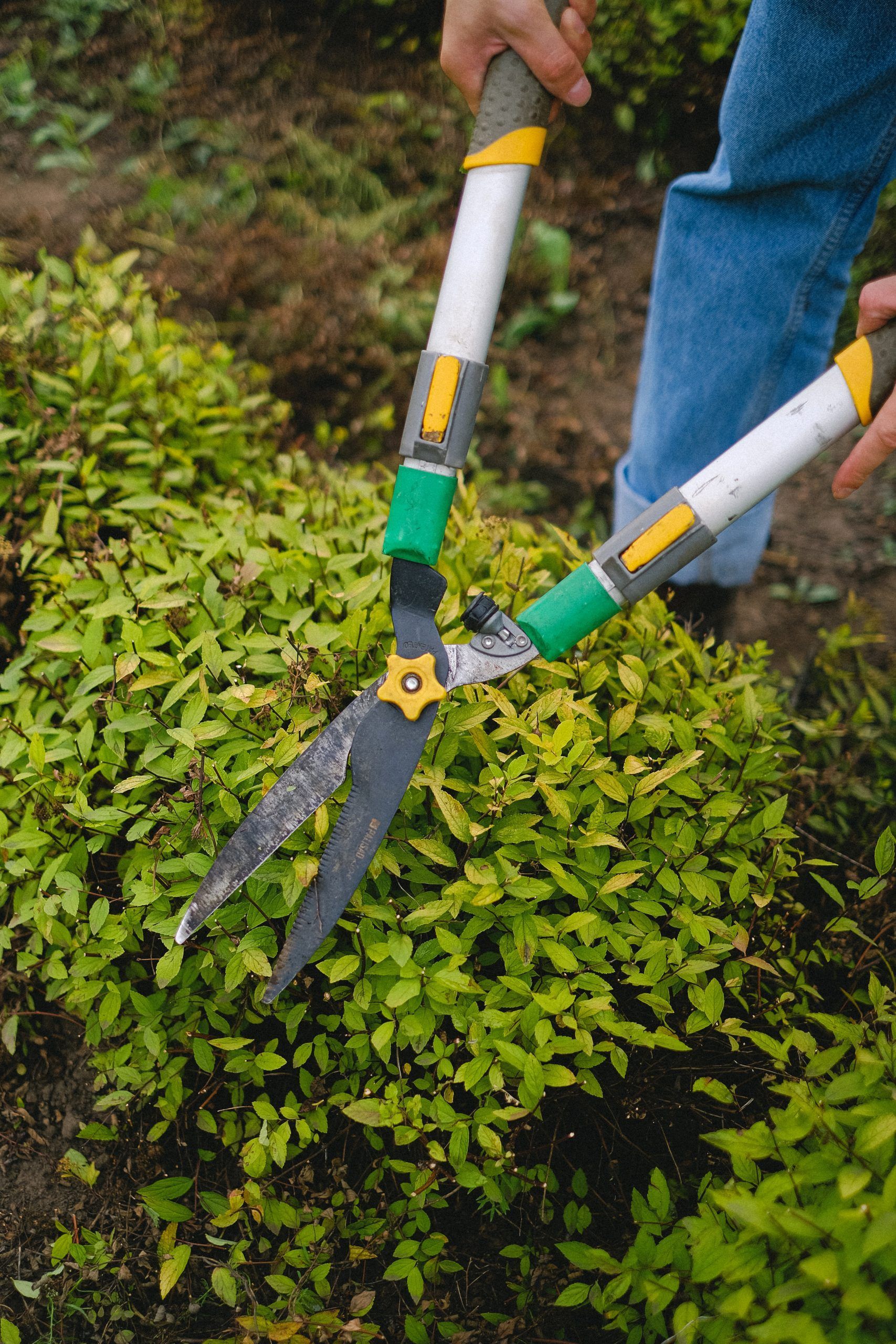Tree Pruning and Trimming in Halifax NS
Call Now For a Free Estimate
Tree trimming and pruning necessary in a variety of cases. It isn’t just to keep a tree looking neat, but it also contributes to the tree’s overall health.
However, trees have a natural way about them. They grow in ways that will promote overall health, and if a tree doesn’t need to be pruned, then it shouldn’t be. Pruning a tree solely for esthetic purposes may make the property look a little better, but it may be affecting the health of the tree.
Reasons To Prune Trees
Trees should be pruned when there are unhealthy branches when a tree is first transplanted and when necessary to lengthen a tree’s life.
Older trees with a ton of top growth can often benefit from having the top thinned out to allow the root nutrient distribution to reach the younger, healthier branches. Without the added strain of thick top branches, the roots don’t have to suck as much from the soil to keep the strong branches healthy.
It can also be beneficial to thin out a tree’s top growth to allow for more airflow through the branches. This can give your lawn a little more of a breeze and contribute to sunlight, which is positive for the growth of grass, plants, and gardens.
Trimming and Pruning Helps Train Trees
Cutting away unnecessary branches and limbs can help train the tree to withstand the demands of a heavy rainstorm. Leaving the stronger branches behind is fine and helps promote overall strength and health.
If you are planning on pruning lower branches to use the tree for shade on your property, it is best to do so over time and not all at once. Taking away branches all at once could make the tree weaker and signal disease to the trunk. Be sparing with your pruning and allow the tree to grow and thrive naturally.

Unhealthy Branches
Whenever you have an unhealthy branch attached to the trunk, it is no longer serving the tree’s overall health. It is best to get rid of it so the tree can heal itself and cover up its “wounds”. Leaving unhealthy or dead branches on a tree can influence disease growth within the trunk and the rest of the branches.
Also, if branches are protruding into others’ territory, it is a good idea to take them down, so the tree has more natural airflow and light to allow for the healthier branches to continue to thrive.
After Transplanting
Right after a tree is transplanted, it is always good to trim and prune the top growth. However, the trimming should never exceed one-third of the tree’s total top growth.
Trimming the top after transplanting will reduce the strain on the trunk and branches that suffered the loss of nutrients from roots’ detachment. With less top growth to feed, the roots can get to distribute nutrients to the main vessels and arteries of the tree. This will contribute to the overall health and speed of growth and the likelihood that the tree will ultimately survive. Also, ensure that if you need your stump removed, that you do that as well.
Safety
One of the most important reasons to trim and prune trees is to keep your family and friends safe while on the property. Damaged and unhealthy branches could get to a point where a strong wind storm could take them down. Taking off unhealthy and dead branches before such an occasion can help avoid any unnecessary damage to your property.
Trust the Experts
Our Halifax Tree Removal experts have the experience and know-how to give your tree trimming project the proper love it needs and deserves. We have been serving the HRM for a long time and know what the species of trees in the area require. We will make sure your property and your trees stay healthy and strong with professional trimming and pruning services.
Our friends in Wauwatosa have been a helping hand in writing some of our tree service website content.

